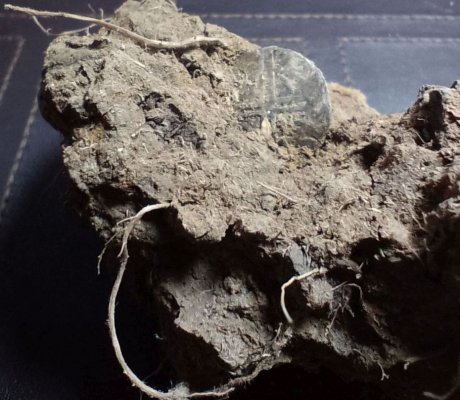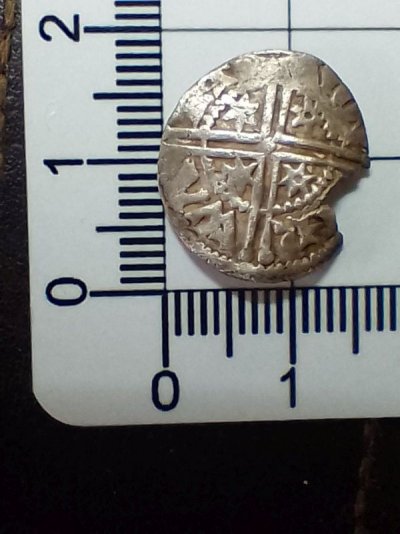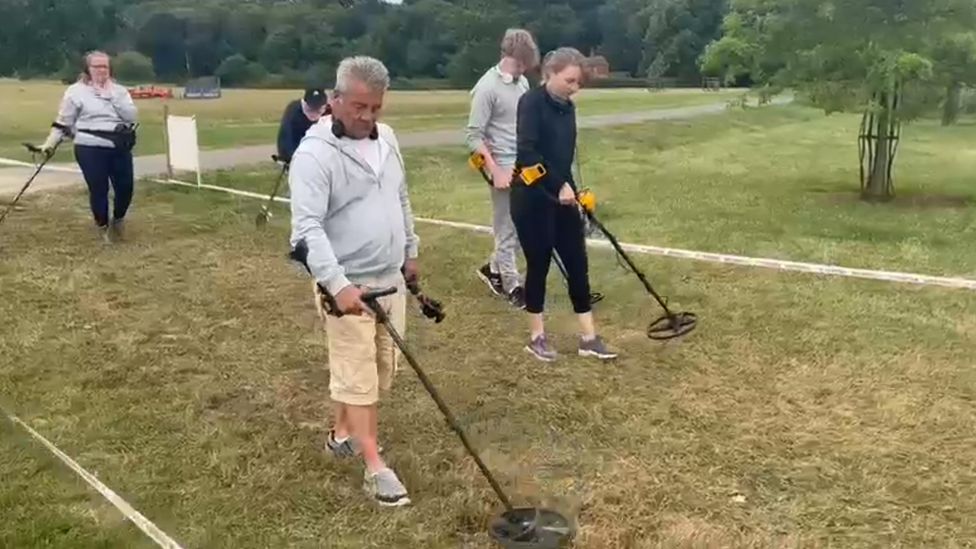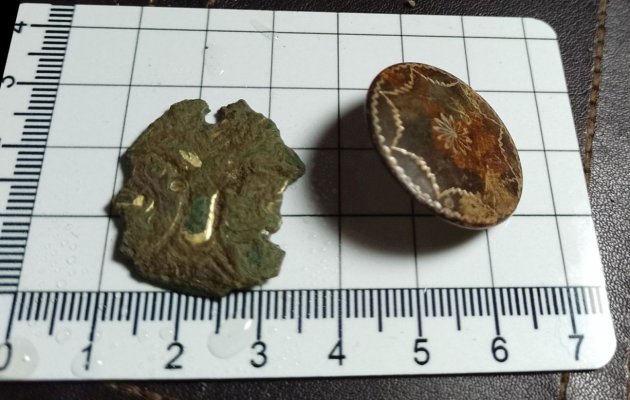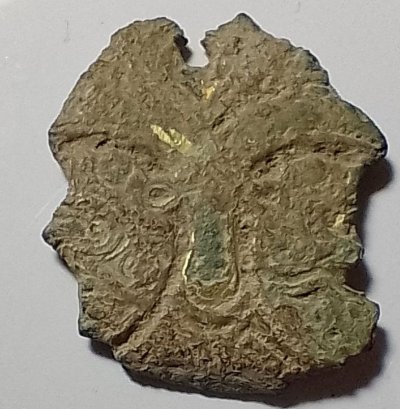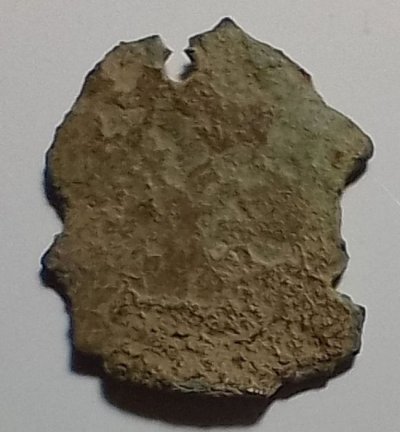1 Meaning of “treasure”.
(1)Treasure is—
(a)any object at least 300 years old when found which—
(i)is not a coin but has metallic content of which at least 10 per cent by weight is precious metal;
(ii)when found, is one of at least two coins in the same find which are at least 300 years old at that time and have that percentage of precious metal; or
(iii)when found, is one of at least ten coins in the same find which are at least 300 years old at that time;
(
b)any object at least 200 years old when found which belongs to a class designated under section 2(1);
(c)any object which would have been treasure trove if found before the commencement of section 4;
(d)any object which, when found, is part of the same find as—
(i)an object within paragraph (a), (b) or (c) found at the same time or earlier; or
(ii)an object found earlier which would be within paragraph (a) or (b) if it had been found at the same time.
https://www.legislation.gov.uk/ukpga/1996/24/section/1
- And importantly:
2 Power to alter meaning.
(1)
The Secretary of State may by order, for the purposes of section 1(1)(b), designate any class of object which he considers to be of outstanding historical, archaeological or cultural importance.
(2)The Secretary of State may by order, for the purposes of section 1(2), designate any class of object which (apart from the order) would be treasure.
(3)An order under this section shall be made by statutory instrument.
https://www.legislation.gov.uk/ukpga/1996/24/section/2
As l read it, the Secretary of State has the power to move the goalposts via
Statutory Instrument.
maximus otter




